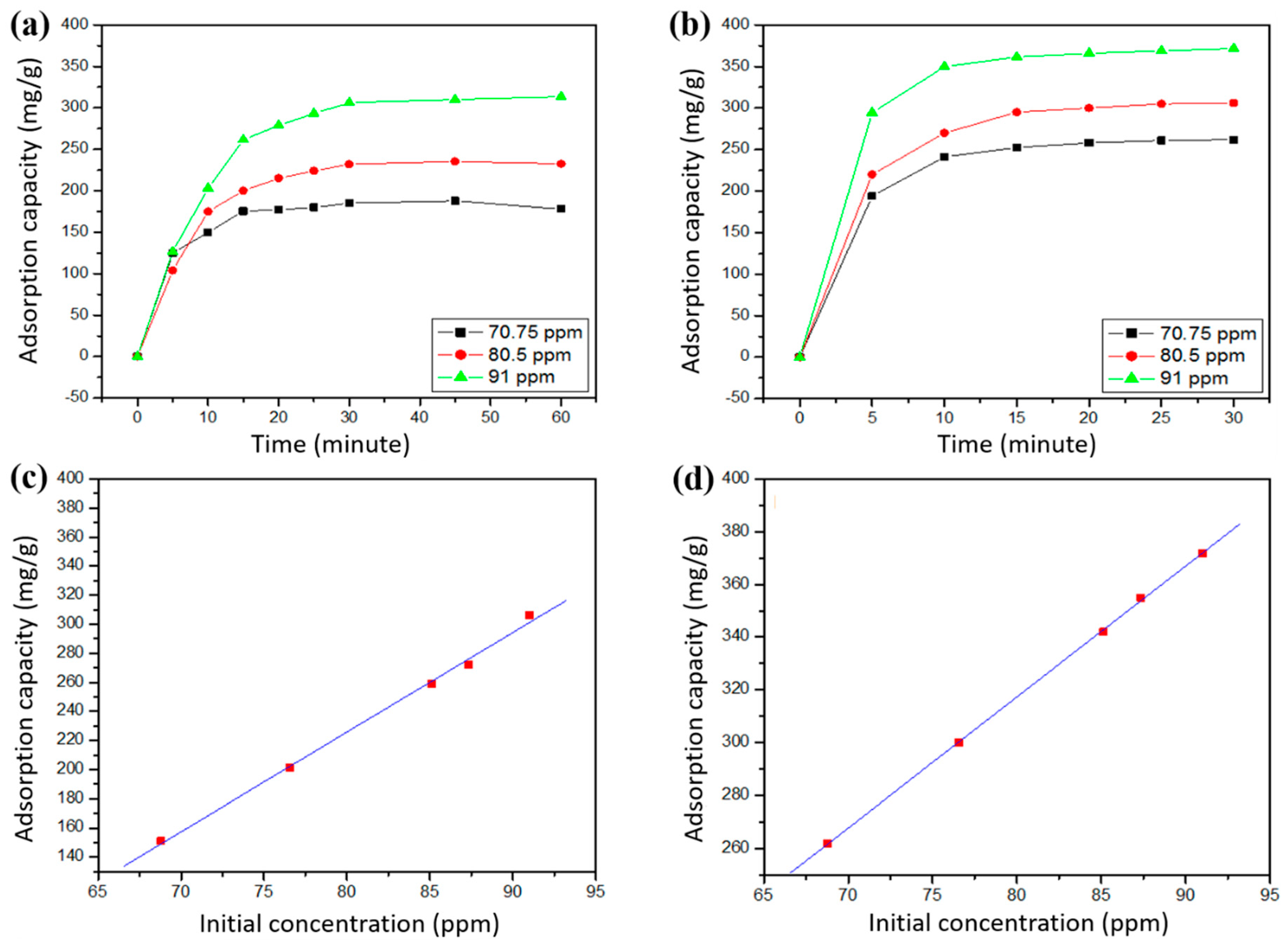The natural rubber specific heat capacity dependence on pressure was estimated on thermodynamic grounds on the basis of the values empirically determined from differential scanning calorimetry data in the temperature range of 70 to 50 c and by means of the tait equation of state in the pressure range of 0 1 240 mpa.
Specific heat capacity of rubber bung.
Air specific heat at constant temperature and varying pressure figures and table showing isobaric cp and isochoric cv specific heat of air at constant temperature and.
Material properties material properties for gases fluids and solids densities specific heats viscosities and more.
The specific heat capacity of materials ranging from water to uranium has been listed below in alphabetical order.
In our example it will be equal to c 63 000 j 5 kg 3 k 4 200 j kg k.
In contrast copper has a specific heat capacity of 0 39 j.
If you have problems with the units feel free to use our temperature conversion or weight conversion calculators.
Informally it is the amount of energy that must be added in the form of heat to one unit of mass of the substance in order to cause an increase of one unit in its temperature the si unit of specific heat is joule per kelvin and kilogram j k kg.
The specific heat of some commonly used solids is given in the table below.
Thermodynamics effects of work heat and energy on systems.
Material j kg k btu lbm f j kg c kj kg k aluminium 887 0 212 887 0 887 asphalt 915 0 21854 915 0 915 bone 440 0 105 440 0 44 boron 1106 0 264 1106 1 106 brass 920.
For conversion of units use the specific heat online unit converter.
The specific heat capacity symbol c p of a substance is the heat capacity of a sample of the substance divided by the mass of the sample.
Below this table is an image version for offline viewing.
This is the typical heat capacity of water.
This is a much higher value than that of most other substances which makes water exceptionally good at regulating temperature.
Water has a specific heat capacity of 4 18 j or 1 calorie gram c.







